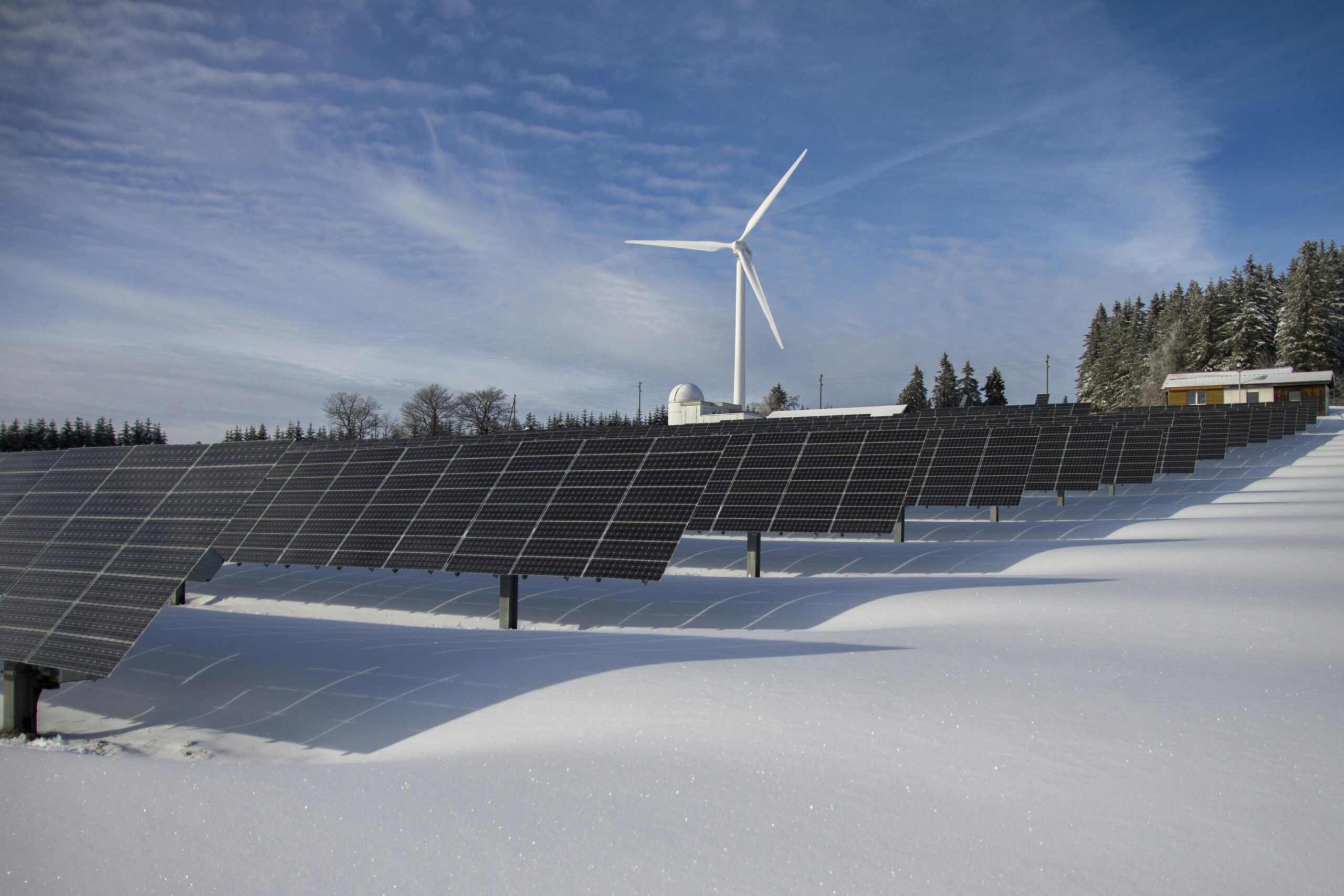The United States Geological Survey (USGS) estimates that the Arctic holds about 30% of the world’s undiscovered gas and 13% of its undiscovered oil, mostly beneath shallow waters. The region also offers strong potential for renewable energy.
Oil and gas
Changing economic conditions in newly industrialised countries has created an increasing market for oil and gas and climate change is making areas of the Arctic easier to access to extract these resources.
- Effects of oil and gas production
- Some jobs are created, but these are mostly manual work
- Sometimes some of the money is invested in schools and services for local people.
- People come in from outside the Arctic region.
- These people bring with them different lifestyles and products which the indigenous people then use.
Find out more
- United States Geological Survey (USGS) – Fact sheet: Estimates of Undiscovered Oil and Gas North of the Arctic Circle
Alaskan oil pipeline
Once the oil is out of the ground it has to be transported to refineries by pipeline.

Problems
- Permafrost would melt if the pipeline was built on the ground
- Tundra ecosystems will be destroyed by oil spills
- This area is tectonically active
- Migration routes of animals such as caribou will be blocked
Solutions
- Pipeline built above the ground on stilts
- Pipeline built underground where there are caribou migration routes with special refrigeration to stop the permafrost melting
Discussion time!
Discuss the advantages and disadvantages of oil and gas production in the Arctic for the area and for the rest of the world.
One of the problems of oil extraction is that there may well be oil spills which could potentially harm the environment, particularly the marine environment. The Arctic Council States also signed a legally-binding Agreement in 2013 on Cooperation on Marine Oil Pollution Preparedness and Response in the Arctic which will substantially improve procedures for combatting oil spills in the Arctic. Find out more at Emergency Prevention, Preparedness and Response.
Now discuss whether or not the agreement is enough.
This website tells you a little more about the geology of the Arctic region.
Does the geology have an effect on the extraction of raw materials?
Renewable energy
Communities in the Arctic are dependent on diesel fuel for their energy needs. Diesel, however, is costly and has high logistical and environmental risks.
Renewable energy from solar and wind offers a cost-effective way to reduce reliance on fossil fuels and can also limit the risk of oil spills into the Arctic marine environment. Producing more energy from renewable resources helps makes communities more resilient and sustainable for the long term.
Renewable energy in Kotzebue, Alaska
Located 48km (30 miles) north of the Arctic Circle in Kotzebue Alaska, Kotzebue Electric Association wind power program sees 19 wind turbines four miles outside of the town. These wind turbines were the first successful cold temperature wind-diesel integration in the US.
The town Kotzebue is now producing as much as 30% of its energy using solar photovoltaic, wind and battery storage systems displacing 350,000 to 400,000 gallons of diesel fuel each year.
Opportunities:
Renewable energy presents a number of opportunities which include lower energy costs, job creation, improved health and quality of life, better energy resilience and long-term sustainability.
Challenges:
Infrastructure:
- Building the infrastructure required barging the equipment and parts in over the summer months when the port was ice-free. To ensure the turbines foundations remain stable in the permafrost all year-round using freeze-back pilings.
- Towns in Alaska operate on standalone microgrids, which can limit the amount of renewable energy that can integrated without destabilising the system. For Kotzebue to reach 100% renewable energy it would require more advanced solutions such as hydrogen storage.
Funding:
- Towns like Kotzebue rely on government grants to fund their energy programmes. Instability in funding has meant they have had to delay projects which would have generated revenue.

While renewable energy is mostly a good thing, there are some issues over land rights within Indigenous communities as it impacts their ways of life. This was highlighted in the recent supreme court ruling in Norway over the construction of wind farms on indigenous land. You can find out more about this here: About the wind farms on Fosen and the Supreme Court judgment – NIM
Cost-benefit analysis
Complete a cost-benefit analysis on the different options for energy production in the Arctic as highlighted in this page.
Do you think the opinions change for different groups of people? if so, explain your reasoning using information from this webpage to support your points.